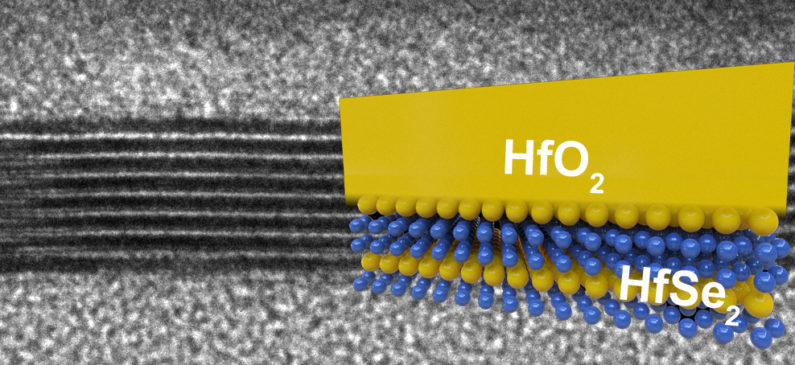Everything moves so fast in the technology world. Although silicon chips have been useful in the past, they are quickly becoming out of date as the next wave of chips needs to ultra thin and that’s something silicon chips can’t be. To try and combat this issue electrical engineers at Stanford University have found two semiconductors that can not just match the capabilities of the silicon chip, but exceed them in certain areas.

The semiconductors are hafnium diselenide and zirconium diselenide. One trait that all three of these materials have in common is that they can all rust. The new materials discovered can also be shrunk to just three atoms thick and be put in places the silicon chip would never fit. The new chips also use less energy than traditional silicon circuits. However, silicon still has many decent qualities, hence why it was used in the first place. Firstly, because of the silicon rust it acts as a very good insulator. But, the new ultrathin semiconductors also rust, and in a much better way. They form “high-K” insulators, which enables operation at a much lower energy level than with silicon and its silicon oxide insulator.
During their study, the Stanford researchers also discovered that the ultrathin conductors shared another of silicon’s marvelous properties in that it had the optimal range of energy required to switch transistors on. These semiconductors really are pretty neat. All of these capabilities squeezed into such a small space is very impressive and is paving the way for the future. Eric Pop, an associate professor of electrical engineering, and co-author of the study says, “Engineers have been unable to make silicon transistors thinner than about five nanometers before the material properties begin to change in undesirable ways. For consumers, this could mean much longer battery life and much more complex functionality if these semiconductors can be integrated with silicon.”
Moving forward, Pop and post-doctoral scholar Michal Mleczko, co-author of the study, will look to refine the electrical contacts between transistors on these ultra-thin diselenide circuits. The pair will also try to gain better control over the oxidized insulators to ensure they stay thin but stable at the same time. Eventually, they will begin to integrate with other materials and start scaling up their applications to include complex systems and complete circuits.
Article via Stanford Univesity, Study Published @ Science Advances
More News to Read

